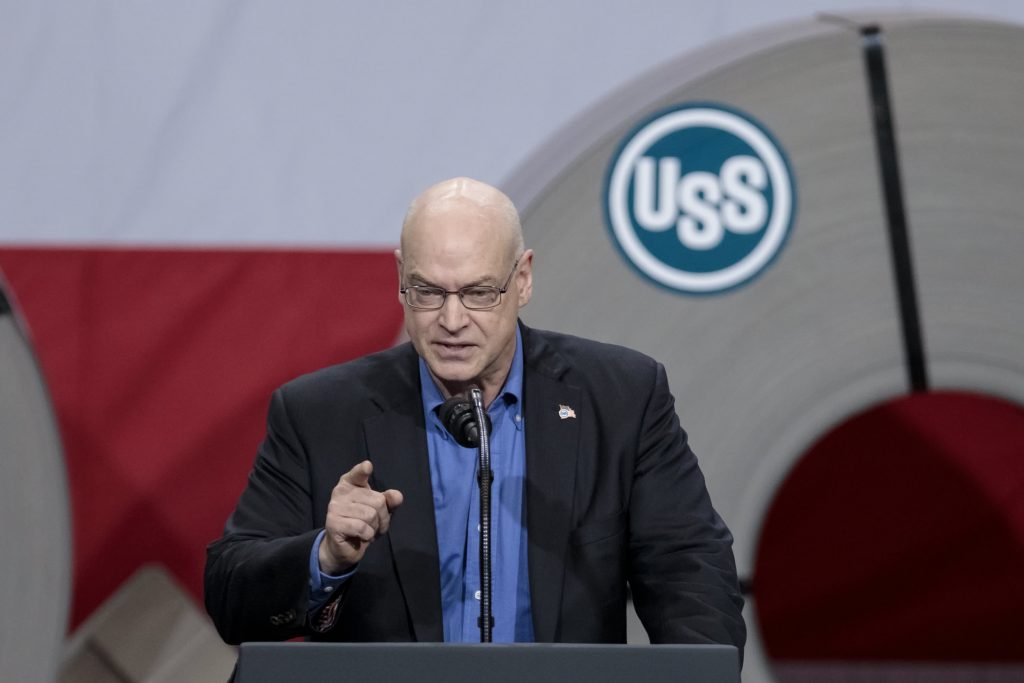US Steel has set a goal to achieve net-zero carbon emissions by 2050, the company said.
To achieve this, US Steel said it will leverage its growing fleet of electric arc furnaces (EAF) coupled with other technologies such as direct reduced iron, carbon-free energy sources, and carbon capture, sequestration, and utilization.
Achieving this goal is dependent on public-private collaboration across industries and global stakeholders to develop supportive innovative breakthroughs, including access to commercially available carbon-neutral electricity sources, US Steel said.
“Climate change is a global crisis that requires a global response,” US Steel CEO David Burritt said in a statement. “Today, by announcing our net-zero goal, US Steel is committing to doing our part to support the UN Paris Agreement on climate change to achieve global carbon neutrality by 2050.”

The net-zero goal builds on the company’s previously announced commitment to reduce greenhouse gas emission intensity by 20% across its global footprint by 2030.
US Steel has been shifting away from being a sole blast furnace producer under its “Best of Both” strategy. In January, the company closed on its acquisition of the remaining stake of Big River Steel, adding the Arkansas-based mini-mill sheet steel producer to its portfolio.
Along with the addition of Big River’s mini-mill production, US Steel started up its own newly constructed EAF at its Fairfield, Alabama, operations in October 2020.
“Having already produced more than 14 grades of some of the most advanced high strength steels at its Big River Steel subsidiary, the company is confident in its ability to use EAFs and other advanced technologies to achieve significant carbon emission reductions,” the company said.
US Steel was the first North American steelmaker to join the international steel industry certification group, ResponsibleSteel, in April, according to the company.
Steel and mining groups have increased their focus on lowering their Scope 1 and 2 emissions and providing Scope 3 benefits for users, as well as increasing scrutiny in the production and sourcing of steel and raw materials to meet standards and goals around emission cuts.
Steel is the second-largest global emitter of CO2 and the industry has faced difficulties in decarbonizing due to a greater reliance on coal for primary steel production, limited ferrous scrap availability, and technical and economic restrictions in commercially adapting to alternative low-emission methods.
